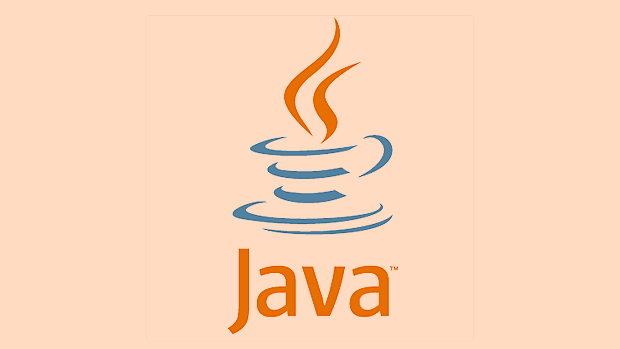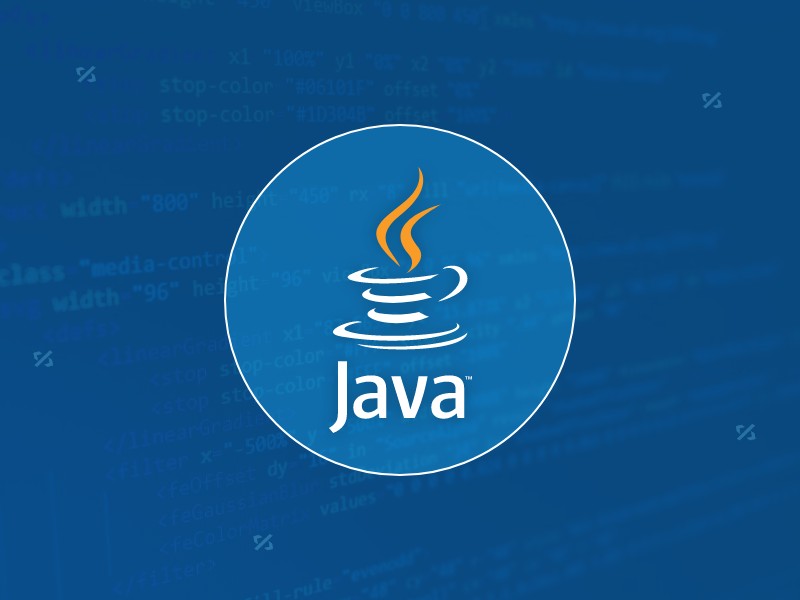Common usage scenarios for JNI include improving the execution efficiency of performance-sensitive parts, accessing operating system or hardware-specific features, reusing existing local library resources, and enhancing security and anti-reverse protection. 1. For high-performance tasks such as image processing, encryption and decryption, C/C can be used to implement key logic to improve efficiency through JNI, but attention should be paid to cross-language call overhead; 2. When accessing device drivers, sensor data or system APIs is required, it can be implemented with the help of the JNI call platform-related local libraries, and compatibility issues must be considered; 3. In order to reuse existing C/C code assets, it can be encapsulated through JNI for Java application calls to reduce duplicate development, but a reasonable interface should be designed; 4. Placing the key logic at the native layer can increase the reverse difficulty, and is suitable for payment, authorization verification and other scenarios, but cannot be used as the only security means. Although JNI is powerful, it also brings debugging difficulties and cross-platform complexity, which need to be traded down.

JNI (Java Native Interface) is part of the Java platform, which allows Java code to interact with local code (such as C, C). Many people are exposed to JNI because they need to call non-Java-implemented features in Java, or want to improve the performance of certain critical paths. The following common usage scenarios can help you understand when JNI will be used.

Improve the execution efficiency of performance-sensitive parts
For some operations that require extremely high performance, such as image processing, encryption and decryption, or high-frequency computing tasks, pure Java implementations may not meet the requirements. At this time, this part of the logic can be implemented in C/C through JNI and then called in Java to obtain higher execution efficiency.

- Suitable for hotspot function optimization, rather than rewriting the entire application with local code
- It should be noted that cross-language calls themselves also have overheads and cannot blindly replace all Java code.
For example, an audio and video encoder may implement the core algorithm in C and use it to the upper Java control logic through the JNI exposure interface.
Access operating system or hardware specific features
Although the Java standard library covers a wide range of coverage, not all system-level functions can be directly accessed. For example, when accessing specific device drivers, reading hardware sensor data, and calling Windows APIs or Linux kernel features, it needs to be implemented with the help of JNI.

- This type of scenario usually depends on the platform-related local library
- Pay special attention to compatibility issues when developing and deploying, such as different CPU architectures, operating system versions, etc.
For example, some industrial control software will use JNI to call the underlying hardware interface to obtain real-time data.
Reuse existing local library resources
Many companies have a large number of legacy C/C code assets, which have been proven for a long time and are highly stable. If the cost of rewriting completely in Java is too high, it can be encapsulated through JNI and used for Java application calls.
- Can avoid duplicate development and improve development efficiency
- Consider how to design the appropriate interface to reduce frequent cross-language calls
For example, in some financial risk control systems, the core scoring model may be written in C, and Java front-end services can be accessed through JNI.
Security and reverse protection
Some projects place key logic in the native layer to increase the difficulty of reverse analysis. Although not absolutely safe, native code is harder to understand and modify than Java bytecode.
- Suitable for applications that have certain security requirements, such as payment, authorization verification, etc.
- It is not recommended to rely too much on this method for security protection, it can only be used as one of the auxiliary means.
For example, the anti-cheat module in the game, the license verification logic of commercial software, etc., often use the JNI method to hide key judgment logic.
Basically, these are the more common JNI usage scenarios. Although JNI is powerful, it also brings problems such as debugging difficulties and increasing cross-platform complexity. Therefore, whether to use it needs to weigh the pros and cons, not all situations are suitable for use.
The above is the detailed content of Introduction to Java Native Interface (JNI) Use Cases. For more information, please follow other related articles on the PHP Chinese website!

Hot AI Tools

Undress AI Tool
Undress images for free

Undresser.AI Undress
AI-powered app for creating realistic nude photos

AI Clothes Remover
Online AI tool for removing clothes from photos.

Clothoff.io
AI clothes remover

Video Face Swap
Swap faces in any video effortlessly with our completely free AI face swap tool!

Hot Article

Hot Tools

Notepad++7.3.1
Easy-to-use and free code editor

SublimeText3 Chinese version
Chinese version, very easy to use

Zend Studio 13.0.1
Powerful PHP integrated development environment

Dreamweaver CS6
Visual web development tools

SublimeText3 Mac version
God-level code editing software (SublimeText3)

Hot Topics
 Difference between HashMap and Hashtable?
Jun 24, 2025 pm 09:41 PM
Difference between HashMap and Hashtable?
Jun 24, 2025 pm 09:41 PM
The difference between HashMap and Hashtable is mainly reflected in thread safety, null value support and performance. 1. In terms of thread safety, Hashtable is thread-safe, and its methods are mostly synchronous methods, while HashMap does not perform synchronization processing, which is not thread-safe; 2. In terms of null value support, HashMap allows one null key and multiple null values, while Hashtable does not allow null keys or values, otherwise a NullPointerException will be thrown; 3. In terms of performance, HashMap is more efficient because there is no synchronization mechanism, and Hashtable has a low locking performance for each operation. It is recommended to use ConcurrentHashMap instead.
 What are static methods in interfaces?
Jun 24, 2025 pm 10:57 PM
What are static methods in interfaces?
Jun 24, 2025 pm 10:57 PM
StaticmethodsininterfaceswereintroducedinJava8toallowutilityfunctionswithintheinterfaceitself.BeforeJava8,suchfunctionsrequiredseparatehelperclasses,leadingtodisorganizedcode.Now,staticmethodsprovidethreekeybenefits:1)theyenableutilitymethodsdirectly
 How does JIT compiler optimize code?
Jun 24, 2025 pm 10:45 PM
How does JIT compiler optimize code?
Jun 24, 2025 pm 10:45 PM
The JIT compiler optimizes code through four methods: method inline, hot spot detection and compilation, type speculation and devirtualization, and redundant operation elimination. 1. Method inline reduces call overhead and inserts frequently called small methods directly into the call; 2. Hot spot detection and high-frequency code execution and centrally optimize it to save resources; 3. Type speculation collects runtime type information to achieve devirtualization calls, improving efficiency; 4. Redundant operations eliminate useless calculations and inspections based on operational data deletion, enhancing performance.
 What is an instance initializer block?
Jun 25, 2025 pm 12:21 PM
What is an instance initializer block?
Jun 25, 2025 pm 12:21 PM
Instance initialization blocks are used in Java to run initialization logic when creating objects, which are executed before the constructor. It is suitable for scenarios where multiple constructors share initialization code, complex field initialization, or anonymous class initialization scenarios. Unlike static initialization blocks, it is executed every time it is instantiated, while static initialization blocks only run once when the class is loaded.
 What is the Factory pattern?
Jun 24, 2025 pm 11:29 PM
What is the Factory pattern?
Jun 24, 2025 pm 11:29 PM
Factory mode is used to encapsulate object creation logic, making the code more flexible, easy to maintain, and loosely coupled. The core answer is: by centrally managing object creation logic, hiding implementation details, and supporting the creation of multiple related objects. The specific description is as follows: the factory mode handes object creation to a special factory class or method for processing, avoiding the use of newClass() directly; it is suitable for scenarios where multiple types of related objects are created, creation logic may change, and implementation details need to be hidden; for example, in the payment processor, Stripe, PayPal and other instances are created through factories; its implementation includes the object returned by the factory class based on input parameters, and all objects realize a common interface; common variants include simple factories, factory methods and abstract factories, which are suitable for different complexities.
 What is the `final` keyword for variables?
Jun 24, 2025 pm 07:29 PM
What is the `final` keyword for variables?
Jun 24, 2025 pm 07:29 PM
InJava,thefinalkeywordpreventsavariable’svaluefrombeingchangedafterassignment,butitsbehaviordiffersforprimitivesandobjectreferences.Forprimitivevariables,finalmakesthevalueconstant,asinfinalintMAX_SPEED=100;wherereassignmentcausesanerror.Forobjectref
 What is type casting?
Jun 24, 2025 pm 11:09 PM
What is type casting?
Jun 24, 2025 pm 11:09 PM
There are two types of conversion: implicit and explicit. 1. Implicit conversion occurs automatically, such as converting int to double; 2. Explicit conversion requires manual operation, such as using (int)myDouble. A case where type conversion is required includes processing user input, mathematical operations, or passing different types of values ??between functions. Issues that need to be noted are: turning floating-point numbers into integers will truncate the fractional part, turning large types into small types may lead to data loss, and some languages ??do not allow direct conversion of specific types. A proper understanding of language conversion rules helps avoid errors.
 What is synchronization?
Jun 24, 2025 pm 08:21 PM
What is synchronization?
Jun 24, 2025 pm 08:21 PM
Synchronizationistheprocessofcoordinatingtwoormorethingstostayaligned,whetherdigitalorphysical.Intechnology,itensuresdataconsistencyacrossdevicesthroughcloudserviceslikeGoogleDriveandiCloud,keepingcontacts,calendarevents,andbookmarksupdated.Outsidete






